
Most of us are glad to see swans floating in public ponds, or even in our own lots. But to think it really well, it is not advisable to expose them on too much people. This will cause them into depending on passers-by to feed them more food as they desire. Not all people know what to feed swans, therefore, swan raisers that expose their swans to people should know the risk their swans might get.
So, what to feed swans? In effect to season changes and diet variations, swans need to take aquatic food in times of summer. This also means that they spend most of their time on water, which is why, while they are swimming underwater, they need to find food to eat. Food such as algae, underwater plants and the like are much pleasing to their diet. On some seasons, they ought to eat insects, cultivated grains and green plants.
While thinking of what to feed swans, you should also keep in mind the foods that are not allowed for them.
The following are examples:
You should also note that any food that is served for them should be enough to fit in their beaks. As long as it is possible, feed them foods that are natural for their diet. Aside from learning more on what to feed swans, you should also familiarize yourself with the steps on how to feed them the proper way. Knowing the best techniques of handling foods for swans is also the best way of providing them the right caring and treatment.
Also, whatever you do with your animals, it is always proper to just enjoy watching them from afar. It pays to not get too much of their attention to see the natural way they act on things.
To ensure optimum pig nutrition, make sure that the feed you buy contains a lot of corn (for energy) and is low in cellulose (fiber) while having the proper proportion of nutrients appropriate for their level of development.
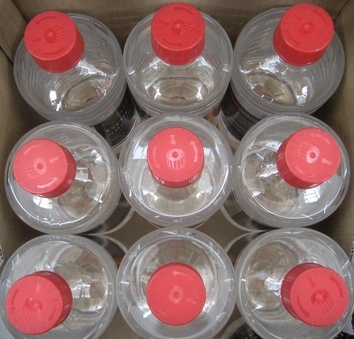 How to Make Bottle Bird Feeders
How to Make Bottle Bird Feeders
How to
How to Make Bottle Bird Feeders
How to Make Bottle Bird Feeders
How to
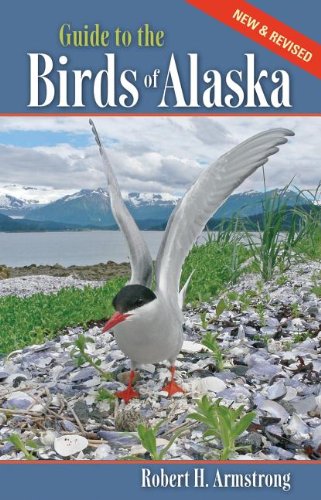 Alaska State Bird
Willow Ptarmigan - The Bird
Alaska State Bird
Willow Ptarmigan - The Bird
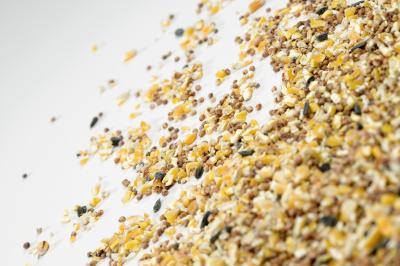 Homemade Designs for Bird Traps
Homemade Designs for Bird Traps
Homema
Homemade Designs for Bird Traps
Homemade Designs for Bird Traps
Homema
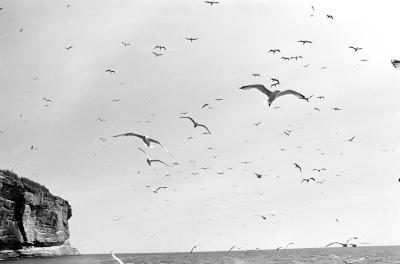 How to Help a Bird That Flew Into the Window
How to Help a Bird That Flew Into the Window
How to Help a Bird That Flew Into the Window
How to Help a Bird That Flew Into the Window
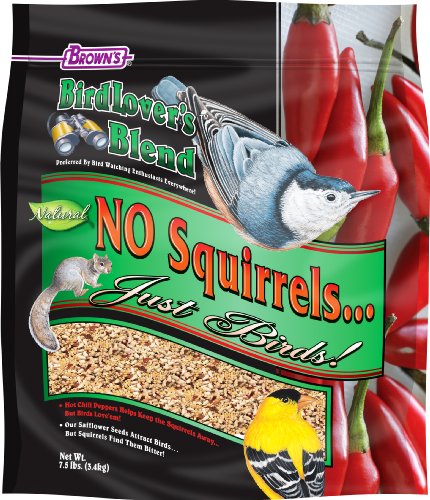 Squirrel Proofing Bird Feeders
I am known as the “squ
Squirrel Proofing Bird Feeders
I am known as the “squ
Copyright © 2005-2016 Pet Information All Rights Reserved
Contact us: www162date@outlook.com